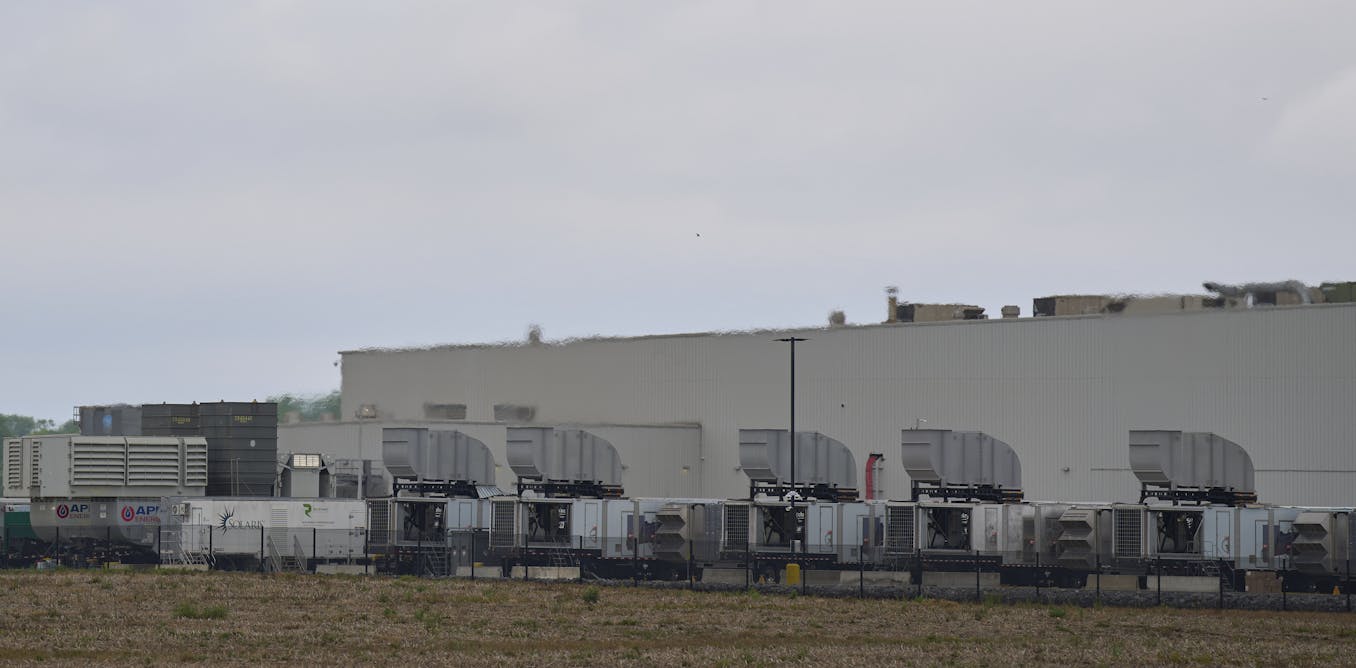In the race to an all-optical AI data center, a major player has now placed a bet on a different horse. Semiconductor manufacturing giant TSMC announced that it will work with Sunnyvale startup Avicena to produce microLED-based interconnects. The technology is a pragmatic twist on replacing electrical connections with optical ones to meet the high needs of communication among an increasing number of GPUs in a low cost, energy efficient way.
Thanks to the computational demands of large language models and their cousins, AI clusters are facing unprecedented requirements regarding amounts of data, bandwidth, latency, and speed. Sooner or later, the copper wires that connect processors and memory within a single AI data center rack will have to be replaced with optics. “There’s a huge push to get optical connections as close to the board as possible,” says Lucas Tsai, a vice president at TSMC.
Avicena offers a unique approach, using hundreds of blue microLEDs connected through imaging-type fibers to move data. The company’s modular LightBundle platform avoids problems with lasers and their associated complexity that threaten the reliability, cost, and power consumption of other optical chiplets. Tsai says “it’s very unorthodox!” But it is ideal for these short distance applications, and that’s precisely what makes it interesting.
Laser-free
Optical connections today carry vast amounts of data tens to hundreds of meters across data centers at very high data rates. Traditionally, a pluggable module connects the optical fiber to the rack, where it converts between electrical and optical signals. Companies are making strides toward getting rid of these energy inefficient pluggable transceivers using co-packaged optics (CPO), which instead perform electrical-optical transformations adjacent to the silicon chip itself. Commercial versions exist for the network switch, and prototypes are making strides toward the GPU. The most prominent optical chiplet designs encode electronic bits onto multiple wavelengths of light using lasers and modulators.
However, the main challenge for laser-based optical interconnects is the laser itself. The laser and fiber attachments have caused the biggest problems in terms of reliability, manufacturing, and cost. Moreover, a single optical fiber that hosts dozens of GPU-to-switch links in the form of multiple wavelengths suffers from computational overhead: it’s far simpler to pipe each data lane down a separate physical channel than to electronically parse one big channel later on.
That’s where Avicena comes in. Instead of sending a multi-wavelength laser down an optical fiber and then parsing it into individual channels, the LightBundle interconnect links hundreds of blue microLEDs to a photodetector array via multi-core imaging fibers—one for each 10 GB/s data lane. The transmitter acts like a miniature display screen and the detector like a camera. “We’re doing optical interconnects without the…
Read full article: TSMC’s Unorthodox Optical Leap – IEEE Spectrum

The post “TSMC’s Unorthodox Optical Leap – IEEE Spectrum” by Rachel Berkowitz was published on 05/26/2025 by spectrum.ieee.org






































Leave a Reply